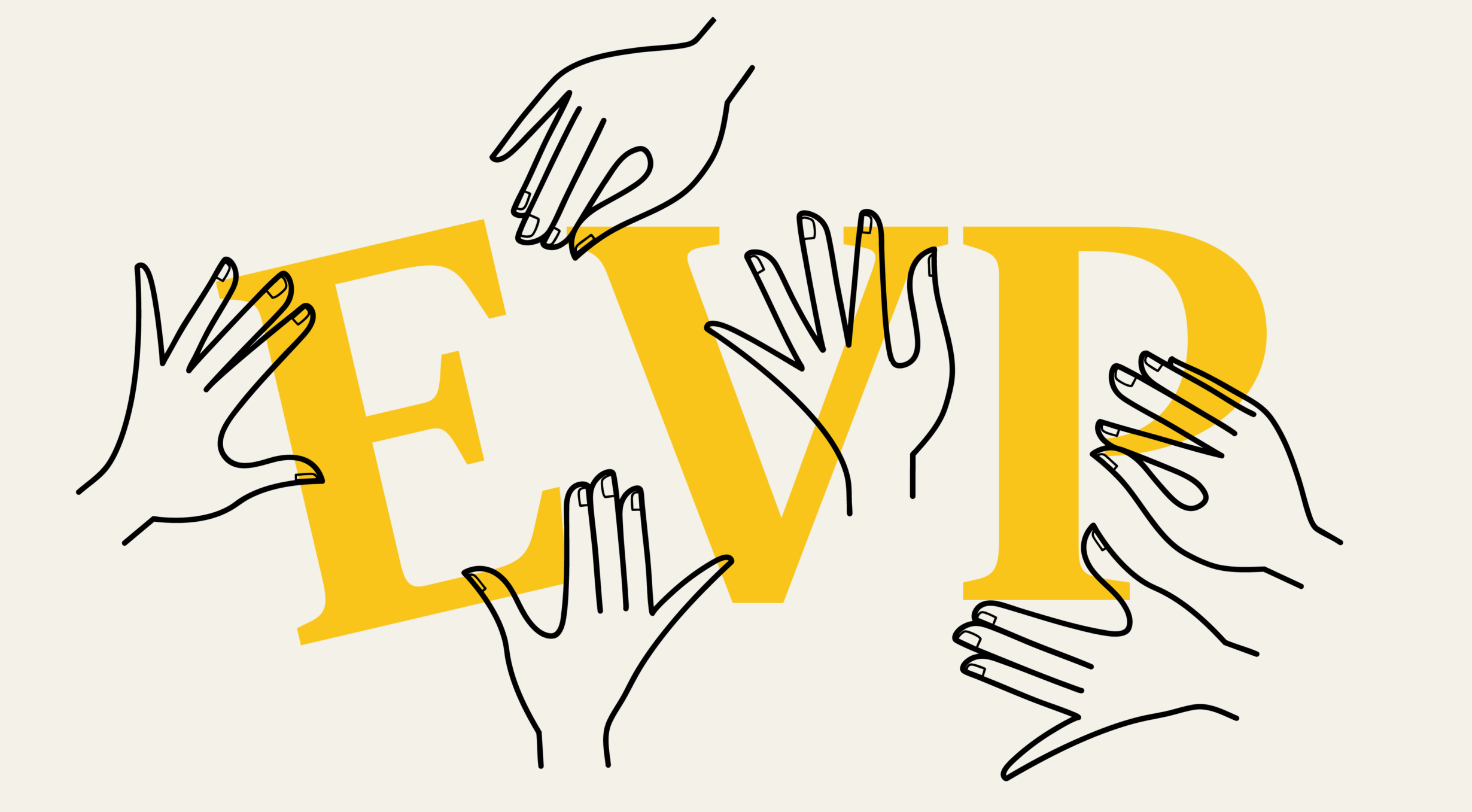A framework to build shared identity
We use a four-layer model that brings strategy, culture, and brand together:
1. The Management Team – Align and commit
Start by building true alignment in the leadership team. Not just agreement on paper, but trust in action. Because if your leaders aren’t united in purpose and behaviour, the rest of the organisation will feel that disconnect instantly.
You may need to build this team as you go – and that’s okay. Tools like Working Genius, facilitated leadership conferences, or intentional trust-building moments can help accelerate alignment. One question worth asking early is, “How much do we trust each other?” It sounds simple, but it opens the door to honesty.
At a leadership event I attended, a senior team was asked that exact question on stage. The answers came slowly and with hesitation, but they opened the door to a more honest conversation. That moment laid the groundwork for something better – a year later, trust had visibly deepened.
Real alignment grows through shared experience – not through slides or plans, but through conversations that make trust tangible.
And when leaders lead with that kind of openness, others follow.
2. The Project Team – Direct and integrate
Next, form a core project team from strategy, people, product, and comms. This group turns ambition into action – guiding the process and anchoring it in the day-to-day.
Pick people who are respected and close to the work. Avoid political appointments. You want thinkers and doers who can connect the dots and bring others with them.
This group bridges strategic intent and cultural reality. Their role is to keep the process connected – making sure every decision reflects both direction and experience.
3. The Working Group – Create content
Now expand the circle. A diverse group of 15–20 employees comes together to define what this new unit stands for – across functions, levels, and geographies.
They work through structured sessions, often using tools like the Business Compass – a framework that brings together strategy, culture, and brand – to define:
- A clear purpose and vision to guide direction
- Strategic priorities to turn vision into reality
- Values and principles to shape daily behaviours
- A compelling promise and story to express what sets the unit apart
- Value propositions for key stakeholders to make it relevant and resonant
Because this group is drawn from the business, the output feels authentic. It’s something people recognise – built from their own experience. That’s why it lasts.
4. The Jam Sessions – Wisdom from the edges
Alongside the core process, short, creative sessions open to anyone – often called Jams – can spark ideas, build ownership, and bring unlikely people together.
In one Jam, an engineer wrote a short poem that later inspired the brand promise. Because it came from within, people believed in it. These moments can’t be planned, but they often define the spirit of the change.
The more people contribute, the more they feel responsible – and the stronger the identity becomes.




